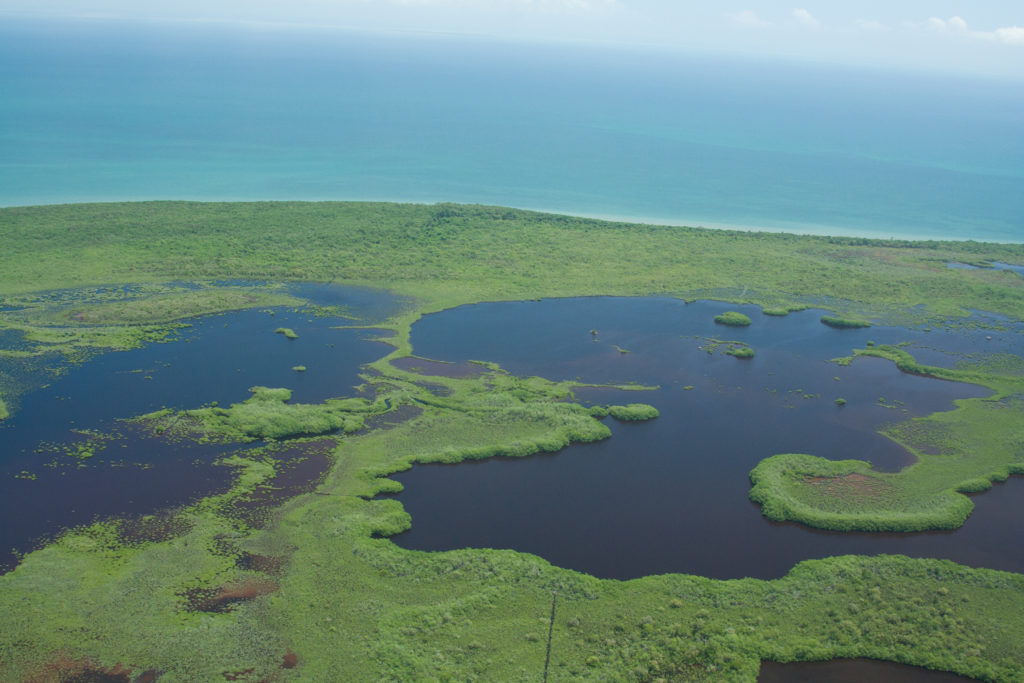As BTT expands its involvement in Belize conservation and institutes a new strategic plan, it’s essential that we do so within the framework of the management system in place in Belize. This is a dual system that has both government- and cooperative-based management. For example, the government is generally in charge of setting and enforcing legislation and regulations that apply throughout the country. The co-management system ensures that the legislation and regulations are implemented. But the co-management structure is also tasked with ensuring community welfare and sustainable use of resources.
The different types of protected areas in Belize are managed differently. For example, Marine Protected Areas (MPAs) are managed by the government—the Fisheries Department. In contrast, the National Parks (NPs) and Wildlife Sanctuaries (WSs) are co-managed. In addition, each protected area has its own regulations, which are implemented by the protected area manager.
The co-management approach has been one of the main drivers behind Belize’s reputation as a conservation heaven. Co-management has been very effective because it helps to give local influence on things that are typically government-based, such as enforcement, monitoring of important fisheries species and habitats, education and awareness, and encourages community participation in conservation and sustainable use of resources. However, this means that the co-management organizations are responsible for enforcing existing as well as new regulations, all with very limited budgets.
Despite this general success of the co-management approach, indeed of management in general in Belize, there is a large gap in fisheries information. This is especially true for the flats fishery, for which there are very few data. This lack of information inhibits conservation—whether it is fisheries or gear regulations or habitat protections. This is why BTT’s new strategic plan focuses on obtaining scientific information that can be directly applied to management. BTT’s science-based approach is just as applicable in Belize as it is in Florida, the Bahamas, and the other areas in which BTT works.
Gathering this information takes time, but it’s essential to do this the right way to make sure that the appropriate conservation measures are enacted. In Turneffe Atoll for instance, co-management is conducted by the Turneffe Atoll Sustainability Association. This co-management began when the University of Belize and the Coral Caye Conservation Program collaborated to establish a research center to collect and analyze data to support the development of a management plan. The entire process took several years and depended upon the collaboration of stakeholders: the tourism and fisheries sector, the government of Belize, and international NGOS and institutes. The approach was simple—to obtain, assess, and apply information through workshops, meetings with stakeholders, interviews, discussions, and research.
A priority objective of BTT’s strategic plan is to use similar models of collaboration to establish co-management structures to address conservation and management of flats fisheries. With this as a foundation, and by working within the co-management system already established, appropriate legislation and regulations can be designed and implemented. The fact that BTT already has good relationships with many of the co-management entities gives us a head start.
Stay tuned for progress reports.
Photo: Dr. Aaron Adams




